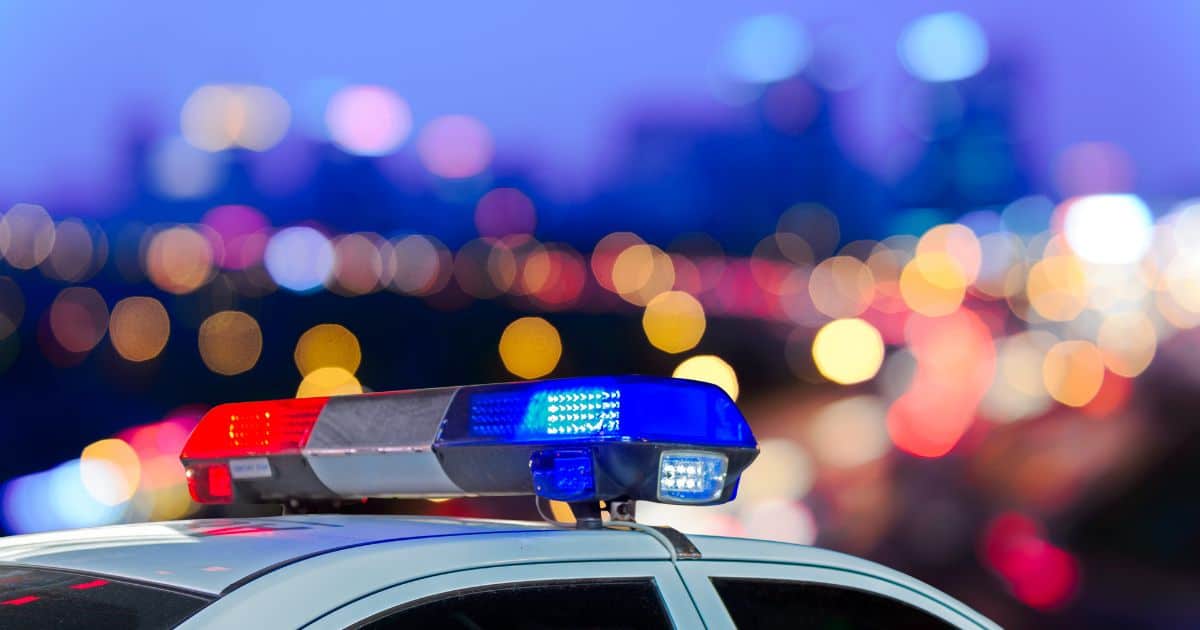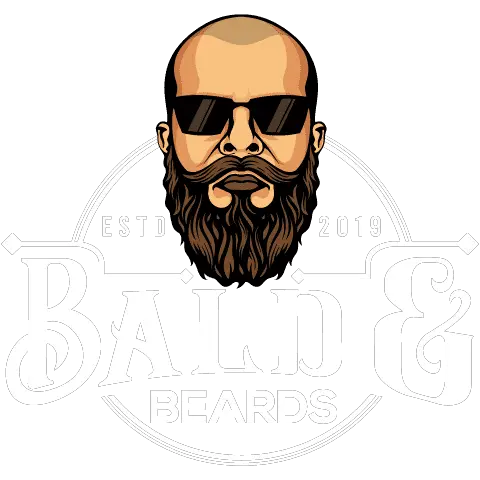Can cops have beards? It’s a common question without a simple answer.
Law enforcement policies on beards and grooming standards vary by department. Some allow them, and others don’t, affecting officer preferences.
Exceptions are made for religious or medical reasons, showing policy flexibility. This ensures officers meet service standards without compromising personal beliefs.
Time shows officers or applicants must understand and follow your department’s guidelines. This approach respects both professionalism and individual choices.
History of Facial Hair
Early Police Forces
Facial hair acceptance in early police forces dates back to the 19th century. Beards and mustaches were symbols of authority, signifying masculinity and power. As policing professionalized, grooming standards shifted, emphasizing a clean-shaven look for uniformity.
Departments historically allowed facial hair for cultural or religious reasons. However, stricter rules for grooming were enforced as law enforcement evolved for safety and professionalism.
Grooming Standards Evolution
Grooming standards for police officers (local, state, and federal) have undergone significant changes throughout history. Today, rules on facial hair focus on maintaining a neat appearance to uphold professionalism and ensure officer safety. Some departments offer accommodations for religious or cultural practices regarding facial hair.
In modern policing, a well-groomed appearance is essential to project discipline and authority. By adhering to grooming standards, officers convey a sense of responsibility and respectability in their roles.
Professional Appearance Importance
Professional appearance plays a crucial role in shaping public perception of police officers. Grooming standards are vital in projecting discipline and authority to the community.
A well-maintained appearance contributes significantly to building trust between law enforcement agencies and the public.
Public Perception
Their appearance heavily influences the public’s perception of police officers. Grooming standards directly impact how law enforcement is perceived by society, affecting levels of trust and confidence. Maintaining a clean-shaven look is often associated with professionalism and reliability among officers.
Facial Hair Regulations
Federal Guidelines
The Equal Employment Opportunity Commission prohibits facial hair discrimination in the workplace. Federal regulations for law enforcement agencies dictate grooming standards, affecting department-specific policies. These guidelines ensure fairness and equality in the workplace.
State-Level Guidelines
State laws address facial hair regulations for police officers, with variations in grooming standards across states. These state guidelines interact with department-specific policies, influencing how officers present themselves to the public.
Department Policies
Police departments have specific rules on facial hair to maintain a professional appearance. Enforcement of grooming standards ensures uniformity among officers. The rationale behind different department policies lies in projecting a cohesive and authoritative image to the community.
Exceptions and Accommodations
Religious Considerations
Religious beliefs influence police officers’ facial hair choices and grooming standards based on faith. The Equal Employment Opportunity Commission protects against religious discrimination and ensures fair treatment.
sDepartments accommodate officers’ religious practices by making exceptions to facial hair policies.
Cultural Considerations
Cultural traditions play a significant role in determining facial hair allowances in law enforcement agencies. Grooming standards vary widely based on cultural backgrounds, showcasing the diversity in appearance norms.
Police departments carefully navigate accommodating cultural differences in grooming policies to promote inclusivity.
Medical Exemptions
Considerations for medical exemptions from grooming standards are crucial for officers with health conditions impacting facial hair growth.
Medical issues can hinder compliance with facial hair rules, necessitating waivers for accommodations. Obtaining medical waivers involves thorough assessments to ensure fairness and officer well-being.
Safety and Practicality
Arguments Against Beards
Safety Concerns
Facial hair in law enforcement poses safety risks due to potential interference with equipment. Beards can hinder the proper seal of protective masks, impacting officers’ safety. Grooming standards are crucial to maintaining optimal safety measures for officers.
Practicality Issues
Facial hair presents practical challenges for police officers, affecting their daily duties. Department grooming standards are in place to address these concerns effectively. The impact of facial hair on policing activities necessitates adherence to grooming regulations.
Arguments for Beards
Individual Rights
Balancing individual rights with department grooming standards is essential in law enforcement. Officers’ rights must align with policies on facial hair while ensuring operational effectiveness. Legal considerations play a significant role in defining individual rights within grooming standards.
Inclusivity
Inclusivity is vital in grooming policies to cater to diverse officers within police departments. Grooming standards can foster inclusivity while maintaining professionalism. Balancing inclusivity with appearance expectations is crucial for creating a welcoming and diverse environment.
Professional Appearance
Uniformity Importance
Uniform grooming standards in law enforcement play a crucial role in presenting a unified front to the public. Consistent grooming among officers helps establish a professional image that instills confidence.
When all officers adhere to the same grooming guidelines, the department feels cohesion and unity. This uniformity extends beyond appearance and contributes to a seamless working environment.
Maintaining consistent grooming standards enhances professionalism and fosters a strong sense of teamwork among colleagues. By following set guidelines, officers demonstrate respect for their profession and each other.
Public Perception Impact
Grooming standards significantly influence how the public perceives law enforcement agencies. A well-groomed officer is likelier to be viewed as trustworthy and approachable by community members.
The appearance of officers can directly impact public trust and confidence in law enforcement. Positive perceptions resulting from well-maintained grooming can strengthen community relations and improve overall cooperation.
Officers’ grooming choices are not just personal preferences; they reflect the values and standards of the entire department. Consistency in grooming practices can enhance community interactions and promote positive public relations.
Department-Specific Policies
Policy Variations
Police departments nationwide have varying grooming policies for their officers, including rules on facial hair. These policies reflect each department’s unique priorities and the image it aims to portray. Factors like tradition, public perception, and safety concerns influence these standards.
Beards may be allowed within certain limits in some departments, while others enforce strict no-beard policies. Variations in grooming standards are evident across different regions, with urban departments often having stricter guidelines than rural areas. For example, a large metropolitan police force might prioritize a clean-shaven look for uniformity and professionalism.
Officers seeking to deviate from the standard policy can request waivers for exceptions related to facial hair. The process typically involves submitting a formal request outlining reasons for the deviation. Waivers are granted based on individual circumstances, such as medical conditions or religious beliefs. However, these waivers can impact the department’s overall appearance standards.
Obtaining Waivers
When officers secure waivers for facial hair exceptions, they must adhere to specific criteria set by the department. These criteria often revolve around maintaining a neat and professional appearance despite the allowance for facial hair. Waivers can be temporary or permanent based on the circumstances presented by the officer.
The existence of waiver processes highlights the importance of balancing individual needs with departmental standards in maintaining a cohesive and professional image among police officers.
Ongoing Debate
For Allowing Beards
Police officers having beards can enhance community relations by fostering a more approachable image. Embracing diverse grooming choices allows officers to express their individuality while maintaining professionalism. This inclusivity can strengthen trust between law enforcement and the public.
Allowing beards accommodates religious or cultural beliefs, promoting a welcoming environment within police departments. Respecting officers’ preferences may increase morale and job satisfaction, leading to better performance. Embracing diversity in grooming standards reflects society’s evolving values.
Against Allowing Beards
Opponents argue that beards could compromise the uniformity and discipline essential for law enforcement’s authoritative presence. Straying from traditional grooming norms might create confusion among civilians during emergencies. Strict adherence to grooming rules is crucial for upholding a professional appearance.
Safety concerns also arise, as beards could interfere with the proper fit of protective gear like gas masks. Ensuring officers’ safety and effectiveness in high-risk situations is paramount, necessitating adherence to established grooming regulations. Maintaining a consistent professional image is vital for public trust and officer credibility.
Final Thoughts
Understanding beard policies for police officers involves a mix of tradition, cultural understanding, and safety needs. This conversation highlights how personal choices intersect with professional standards in law enforcement. It sheds light on how departments navigate religious, medical, and cultural considerations to maintain safety and public confidence.
Share your thoughts or experiences regarding police grooming and their policies. Engaging in this dialogue enhances our collective insight into a complex issue.
Look forward to more content on law enforcement’s response to societal shifts, emphasizing diversity and community values.
FAQs
Do cops have to shave every day?
Police officers are typically required to maintain a clean-shaven face daily. Exceptions exist for neatly trimmed, conservative facial hair. Policies strictly prohibit intermittent shaving if not growing a beard, goatee, or mustache intentionally.
Can you have a beard in the police academy?
Shaving is generally mandatory in police academies, although specific department rules on facial hair may differ. A clean-shaven appearance is often required unless otherwise specified by the academy’s guidelines.
How long can a cop’s beard be?
Authorized facial hair, including mustaches, goatees, or beards, must be well-groomed and generally not exceed a quarter inch in length. Typically, all facial hair must accompany a mustache.
Can undercover cops have beards?
Undercover or plainclothes officers may have the option to wear trimmed beards, contrasting with uniform patrol officers, who are usually encouraged to remain clean-shaven to maintain a uniform appearance across the force.


